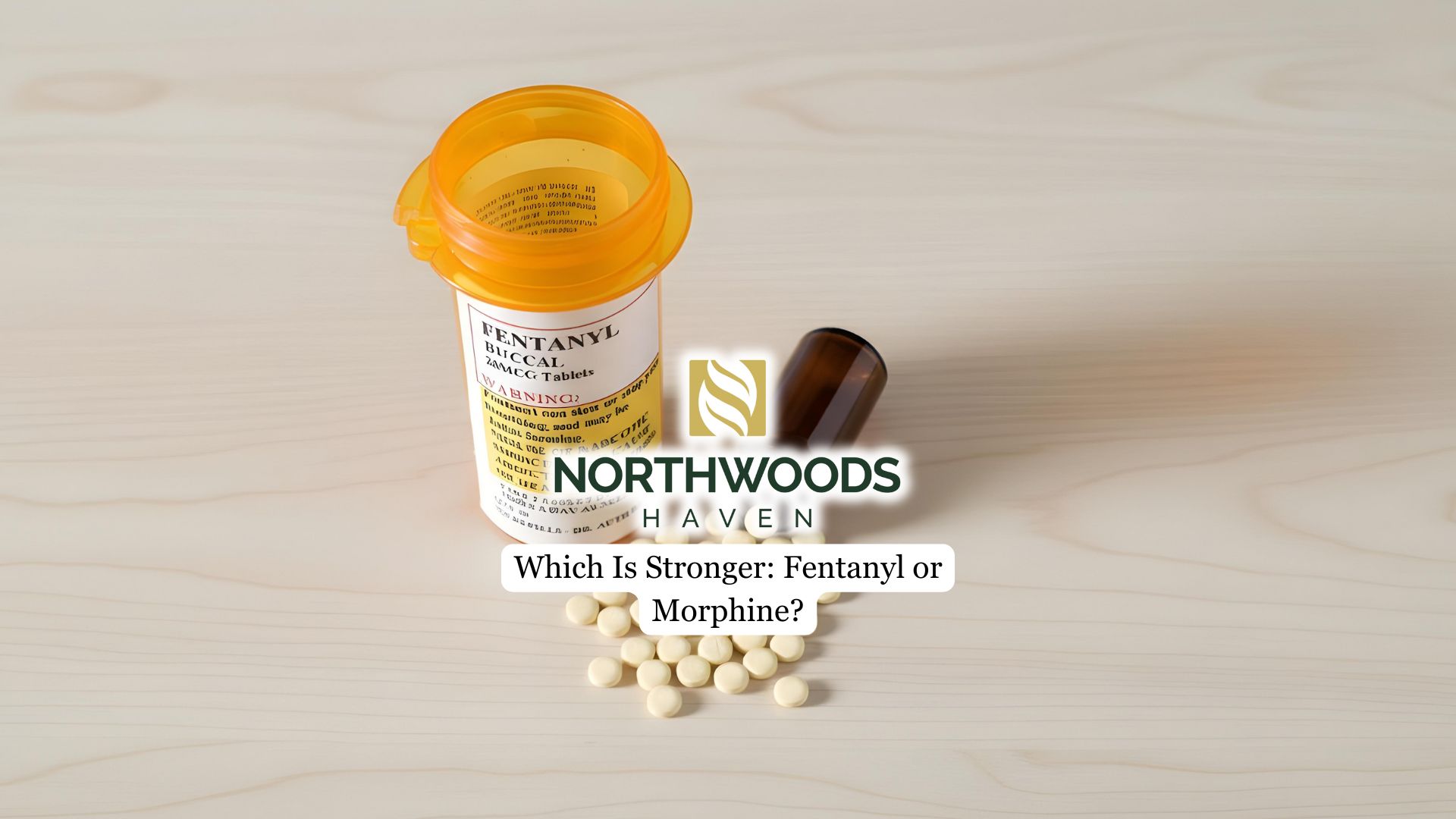Withdrawal doesn’t always end after the initial detox. For many, Post-Acute Withdrawal Syndrome (PAWS) can persist for weeks, months, or even up to two years, bringing emotional and psychological challenges such as mood swings, anxiety, and cravings. The duration and severity of PAWS vary based on factors like the substance used, the length of addiction, and overall health.
In this guide, we’ll explain how long PAWS typically lasts, what influences its duration, and the best strategies for effectively managing symptoms.
Understanding Post-Acute Withdrawal Syndrome (PAWS)
Post-acute withdrawal Syndrome (PAWS) refers to a set of lingering withdrawal symptoms that emerge after the acute withdrawal phase, primarily affecting mood, cognition, and overall mental health. It is most commonly associated with substances such as alcohol, benzodiazepines, and opioids, with symptoms lasting anywhere from a few weeks to several months—or, in some cases, up to two years.
PAWS differs from acute withdrawal, which occurs immediately after stopping substance use and is characterized by symptoms such as nausea, tremors, sweating, and headaches.
Acute withdrawal typically lasts a few days to a couple of weeks, based on the substance and corresponding factors. In contrast, PAWS develops later and presents psychological and emotional symptoms, including mood swings, anxiety, depression, cravings, sleep disturbances, and difficulty concentrating.
Unlike acute withdrawal, PAWS symptoms fluctuate over time, making recovery more unpredictable and challenging.
If you’re struggling with PAWS, our Intensive Outpatient Program can provide the support you need. With personalized therapy, medical care, and relapse prevention strategies, we’ll help you regain stability and confidence as you move forward in your recovery.
General Timeline of PAWS Symptoms
PAWS symptoms can persist for 6 to 24 months after the acute withdrawal phase, though the experience varies significantly from person to person. Symptoms often improve gradually but can be unpredictable, with periods of heightened intensity followed by moments of relief.
While some individuals experience PAWS symptoms immediately after detox, others may not notice them until months later. Common symptoms such as anxiety, depression, and sleep disturbances may fluctuate, sometimes resurfacing unexpectedly.
The duration and severity of PAWS are influenced by factors such as the substance used, length of addiction, and overall health.
Factors Affecting the Duration of PAWS
The length and intensity of Post-Acute Withdrawal Syndrome (PAWS) vary from person to person, and several factors can extend or shorten this timeline.
Key influences include:
- Substance type and usage history: The drug used, duration of addiction, and quantity consumed before quitting all impact PAWS severity.
- Biological factors: Age, gender, metabolism, and overall physical health affect how the body and brain recover.
- Mental health conditions: Pre-existing emotional or psychological disorders, such as anxiety or depression, can prolong PAWS symptoms.
- Co-occurring disorders: Individuals with dual diagnoses or underlying medical conditions may experience a more prolonged withdrawal period.
While PAWS can be challenging, effective management strategies—such as therapy, lifestyle changes, and a strong support system—can help reduce symptom severity and promote long-term recovery.
Substance-Specific PAWS Durations
The duration of Post-Acute Withdrawal Syndrome (PAWS) varies significantly depending on the substance used, with some symptoms lingering for months or even years after detox.
- Alcohol: PAWS can persist for up to two years, often presenting as anxiety, mood swings, and sleep disturbances.
- Benzodiazepines: Symptoms may last anywhere from six months to over a decade, with anxiety and insomnia being the most common challenges.
- Marijuana: PAWS symptoms, such as irritability and sleep disturbances, typically last over a month, though some individuals may experience lingering effects.
- Opioids: Anxiety, depression, and fatigue can persist for several months to a year, though some may face prolonged symptoms.

Common PAWS Symptoms and Their Duration
Common PAWS symptoms include cognitive impairments such as difficulty concentrating, memory problems, and abstract thinking issues. Emotional disturbances like anxiety, depression, irritability, and mood swings could occur, too.
Physical manifestations such as fatigue, sleep disturbances, and increased sensitivity to stress; and behavioral changes including anhedonia, cravings, and social difficulties.
The duration of PAWS can vary, typically lasting anywhere from six months to two years, with symptoms generally peaking between three to six months after achieving sobriety. These symptoms can fluctuate in intensity and may come and go in wave-like patterns, often triggered by stress or situations reminiscent of substance use.
Managing PAWS for Long-Term Recovery
Adopting the right strategies can ease the impact of PAWS and reduce the risk of relapse.
Key Strategies for Managing PAWS:
- Prioritize physical and mental well-being: Regularly exercise, practice mindfulness, and maintain a balanced diet to support overall health.
- Build a strong support system: Stay connected with healthcare providers, therapists, and peer support groups to combat isolation.
- Develop coping mechanisms: Identify and manage triggers through therapy, stress management techniques, and structured daily routines.
- Stay informed: Educating yourself about PAWS empowers you to navigate symptoms more effectively and take proactive steps toward recovery.
- Seek professional aftercare: Ongoing medical and psychological support can make a significant difference in managing PAWS.
When to Seek Professional Help
If your symptoms become overwhelming, interfere with daily life, or persist for an extended period, reaching out for medical support can make a significant difference.
Coexisting mental health conditions, such as anxiety or depression, may require a comprehensive treatment plan to manage PAWS effectively. Additionally, if you’re experiencing severe mood swings, cognitive difficulties, or an increased risk of relapse, professional intervention can provide the guidance and tools needed for long-term recovery.
Final thoughts from Northwoods Haven Recovery
Recovering from Post-Acute Withdrawal Syndrome (PAWS) is a long-term process that varies for each individual.
At Northwoods Haven Recovery, we provide a safe and supportive environment for individuals recovering from substance use disorders and co-occurring mental health conditions. Our evidence-based treatment approach is tailored to the individual’s specific needs and focuses on whole-life wellness, addressing both addiction recovery and overall mental health.



